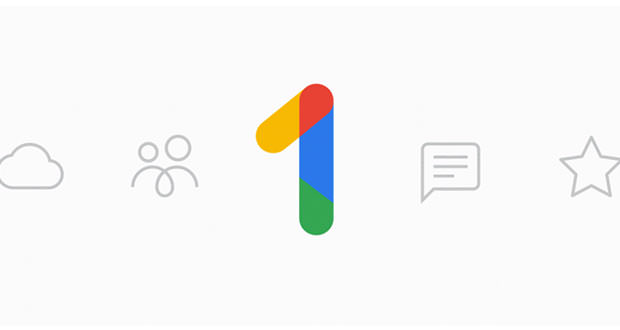Google announces new Google One plans on Drive, here are all news about the service
With the new Google One on Drive plans, Google responds to the renewed storage needs of high-resolution content such as photos and videos. Here are all the news.
There’s a revolution going on in Google Drive, with the cloud storage service now getting the new Google One storage plans for paid cuts. The change is not only in name, with several news that will come especially on some of the cheaper subscription plans, which will receive an upgrade in the GB made available to users. All current Google Drive plans will be converted to Google One over the next few months in the US, later in the world.
Google One, prices and what changes
The free 15 GB cut is retained, as well as the 100 GB plan remains offered at $1.99 per month. At $2.99, Google will propose a new 200 GB plan, while the 1 TB cut that was proposed at $9.99 a month is eliminated.
At the same price Google will propose a new 2 TB subscription plan, while the 10, 20 and 30 TB plans remain at the same price today: $99.99, $199.99 and $299.99 respectively. It should also be noted that although the name of the plans will be changed from Google Drive to Google One, the data synchronization and storage service will still be called Google Drive, with a choice that is currently fueling a bit of confusion.
With Google One, it will be possible to share the storage plan between up to a maximum of 5 components, with each of them having limited access to their specific space. Although not mentioned in the post where Google announced the news, it is likely that you can decide how much space to dedicate to each member who accesses the account.
The company commented on the news: ” Thanks to smartphones and new high-resolution photo and video formats, people are storing data at ever-increasing speeds, which is why we’re announcing Google One, a simple plan for extended storage that includes different benefits “.
As often happens, new Google One plans will be available initially only in the US, with current paid accounts that will be updated automatically over the next few months.

